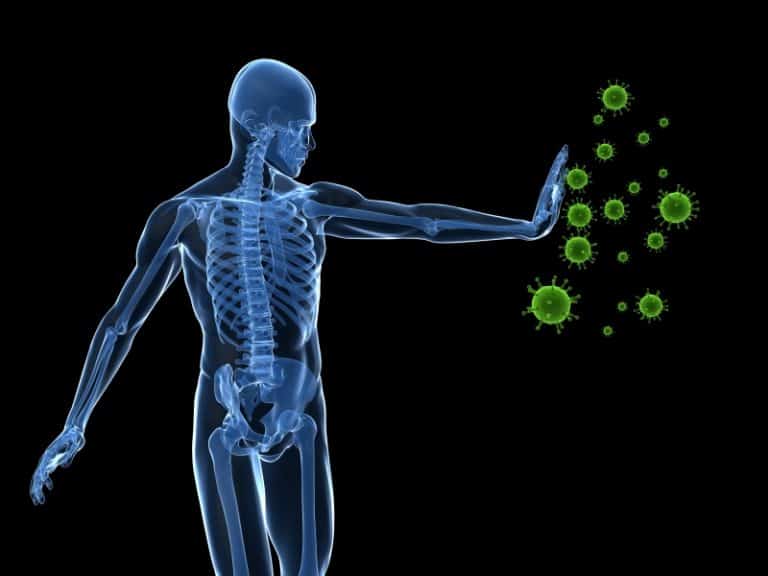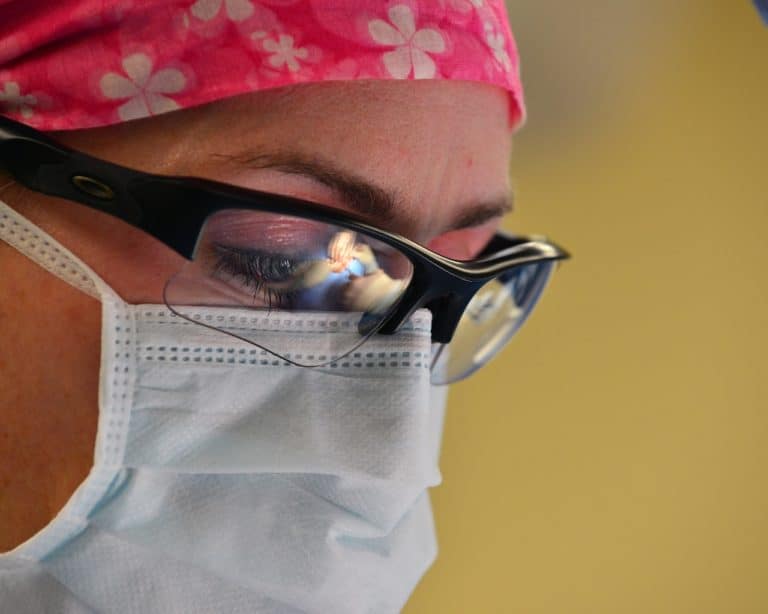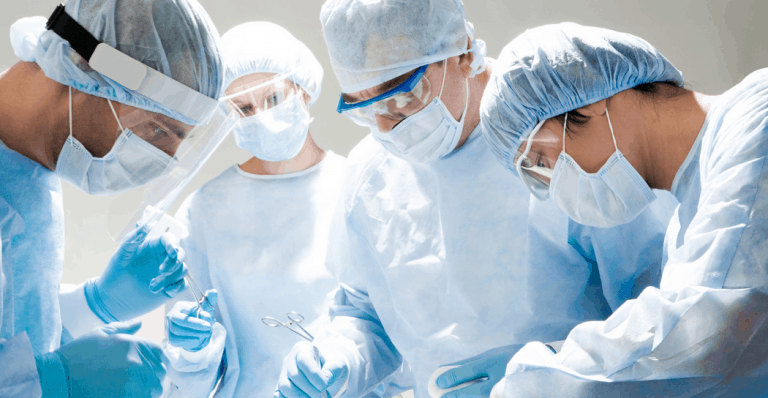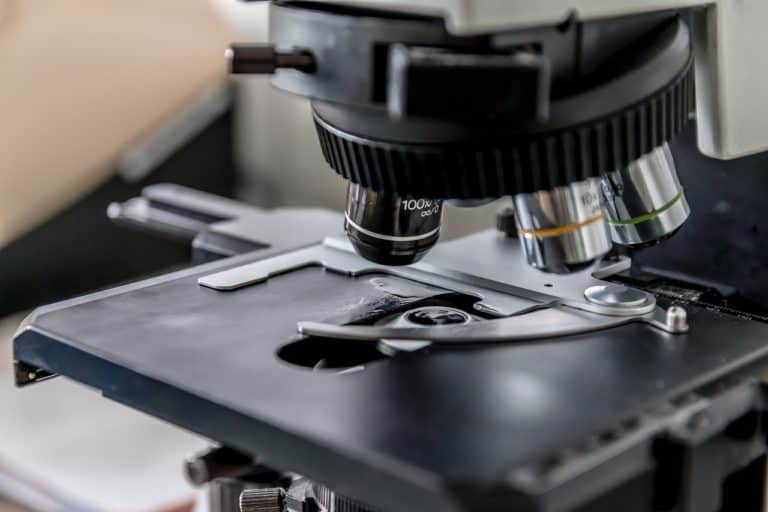Microwave therapy for BPH (benign prostatic hyperplasia) is a minimally invasive treatment for the urinary problems caused by an enlarged prostate. The procedure, called transurethral microwave thermotherapy (TUMT), uses a combination of heat and cold to destroy excess prostate tissue.
In microwave therapy for BPH, the targeted tissue is heated to a very high temperature. The extreme heat destroys the tissue, which dies off over several days. When the tissue is gone, men experience relief from symptoms.
How Microwave Therapy for BPH Works
TUMT can be done in a physician’s office. The procedure takes about an hour. It can be performed when the patient is awake or under light sedation.
When using microwave therapy for BPH, the physician inserts a catheter into the penis. It is threaded through the penis to the point where the prostate gland is blocking the urethra. The catheter contains the instruments that generate the microwave energy, which causes the heat.
Another catheter is placed inside the rectum. This second catheter contains a thermometer. The thermometer is used to measure and monitor the amount of heat being produced in the patient’s body.
At the same time, cold water is circulated around the catheter inside the penis to keep the temperature from getting too high. This protects healthy prostate tissue from being damaged by the heat. The cold water also helps reduce patient discomfort and the risk of side effects.
What to Expect After Microwave Therapy for BPH
After microwave therapy for BPH, most patients can expect to go home the same day. Often, they will go home with a catheter to keep the bladder drained. By using a catheter, patients can avoid getting urinary infections. The catheter may remain in place for a day or longer.
One of the drawbacks of TUMT, when compared to either transurethral resection of the prostate (TURP) or the green light laser, is that symptoms are not relieved immediately. It may take days or weeks until that occurs. Patients may have to wait up to 90 days to see full improvement with TUMT.
TUMT is very safe. It has a low rate of complications such as urinary incontinence and retrograde ejaculation. It can be an effective option for men with a prostate that is at least 20 grams or larger.
Research indicates that minimally invasive treatments like TUMT don’t improve symptoms as effectively as TURP. Minimally invasive treatments also have a higher rate of recurrence. After TUMT, patients may need to have a second TUMT treatment or another procedure when symptoms recur later.
No definitive data have determined that one treatment option is better than others. A physician may prefer to use TUMT or choose to use another minimally invasive procedure, such as transurethral needle ablation (TUNA).
When deciding whether microwave therapy for BPH is the best option, patients should find out how frequently their physician performs TUMT. They also should consider the history of recurrence for patients with TUMT in that practice.
Reference
Hoffman RM et al. Microwave thermotherapy for benign prostatic hyperplasia. Cochrane Database of Systematic Reviews; 2012 Sep 12; 9:CD004135.







